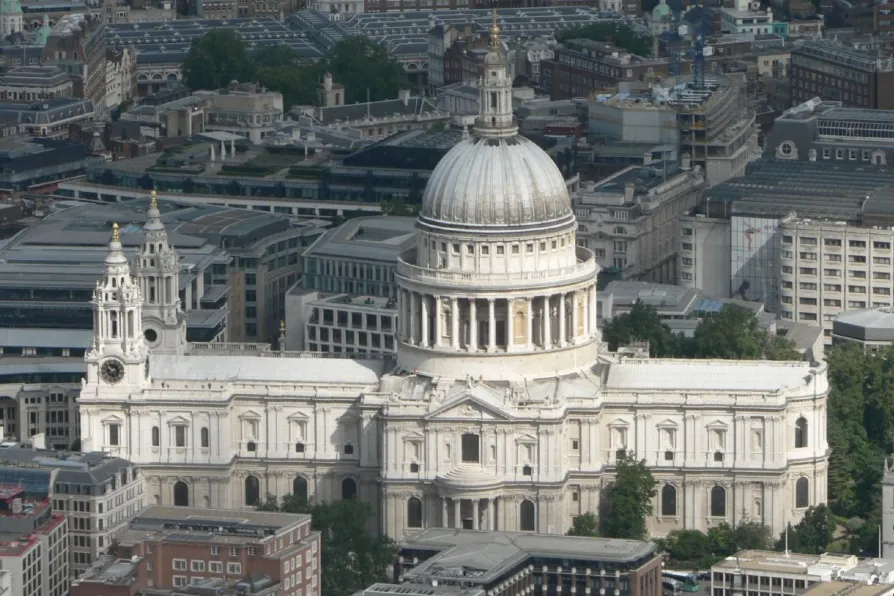RICHARD MURGATROYD enjoys a readable account of the life and meditations of one of the few Roman emperors with a good reputation

 IT'S A STEAL: Christopher Wren used the Saracen 'vaulting' method in his design for the dome of St Paul's Cathedral
IT'S A STEAL: Christopher Wren used the Saracen 'vaulting' method in his design for the dome of St Paul's Cathedral
Stealing from the Saracens
by Diana Darke
(Hurst and Company, £25)
WITH this book, Diana Darke will surely alter the way many look at the great European cathedrals of Notre Dame in Paris, Canterbury, Cologne or Burgos.
In highlighting that the elementary design features and construction methods of their spectacular architecture were “borrowed” lock, stock and barrel from Islam at the time of the Crusades, Darke opens our eyes to evidence of a colossal cultural cross-fertilisation.
Imitation may be the sincerest form of flattery, albeit with the proviso that it is accompanied by an acknowledgement of provenance. Yet recognition of this wholesale architectural borrowing in the West seems conspicuously absent in more recent times.

HENRY BELL is provoked by a book that looks toward, but does not fully explore the question of who gets to imagine the shapes of cities to come













